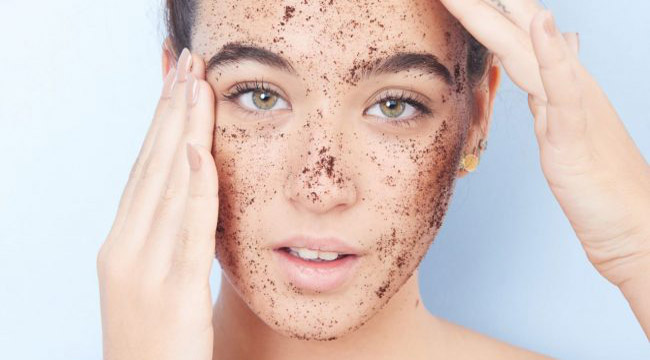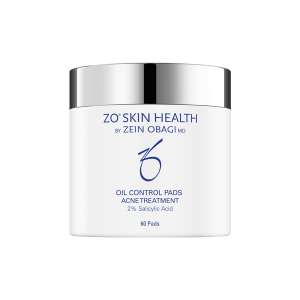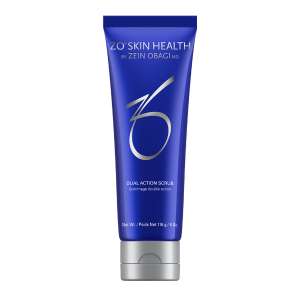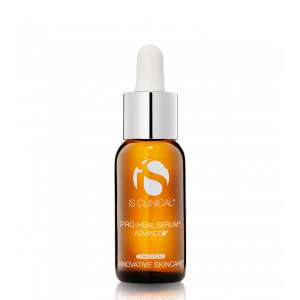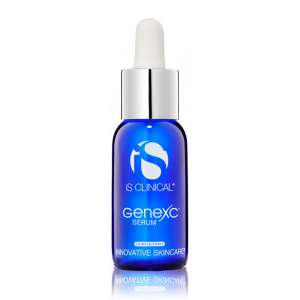You may have heard that chemical peel has the benefits of reducing acne and improving skin texture. When you do not have budget or time to do a chemical peel in a skincare clinic, have you thought about doing chemical exfoliation at home? Chemical exfoliation can also help with acne-prone skin due to its active ingredients – Acne-fighting acids. These acids help clean out pores and increase cellular turnover. Meanwhile, exfoliation is the essential for curing acne, improving skin texture, anti-aging, and lightening hyper pigmentation. Comparing with physical exfoliation, chemical exfoliation causes less irritation to skin’s surface.
There are four categories that acids help reduce acne in different stages:
category1:
There are two major acids that treat and prevent acne – Alpha-Hydroxy Acids (AHA) and Beta-Hydroxy Acids (BHA).
Alpha-hydroxy acids (AHAs) are a group of plant and animal-derived acids used in a variety of skincare products, such as exfoliators, serums, and toners. AHAs are primarily used to exfoliate. They are able to penetrate the uppermost layers of the skin and break up any dead skin cells that reveal clear looking skin. The most common AHAs are Glycolic Acid and Lactic Acid.
Beta-Hydroxy Acids (BHAs) are a bit different from AHAs because BHAs are oil-soluble and AHAs are water-soluble. So BHAs are usually preferred for oily skin. Salicylic Acid is the most common BHA and it is one of the absolute best acne-fighting ingredient.
Both of them can help with:
- Stimulate collagen production and blood flow
- Correct discoloration from scars and age spots
- Improve appearance of surface lines and wrinkles
- Prevent acne breakouts
- Brighten your complexion
- Increase product absorption
category 2:
After active acne clears, post-inflammatory hyperpigmentation (PIH) or the discolored shadow marks still remain.
Kojic Acid is one of the most common bleaching agents. It is more gentle and natural than Hydroquinone. Kojic Acid can penetrate the upper skin layers and inhibits the production of epidermal melanin.
Azelaic Acid (AZA) is a natural skin brightener found in wheat, rye and barley. AZA is most effective in concentrations of 20%. It is also antibacterial and anti-inflammatory. Azelaic Acid can significantly diminish the appearance of skin blemishes, help fade post-acne marks and other discolorations, refine skin’s surface, and reveal a more even skin tone.
category 3:
Our skin is losing elasticity and skin moisture when we are aging. However, there are some acids who play important roles in overall skin health and can help with these skin problems.
Hyaluronic Acid (HA) has many benefits for skin. It has its unique ability to hold in moisture (1000 ml of water per gram of hyaluronic acid). So Hyaluronic Acid can boost the skin moisture and elasticity. It is also able to protect the skin from UVB rays, which can cause sun spots.
Ascorbic Acid is a key ingredient in Vitamin C serums, the must-have anti-aging serums. Ascorbic acid helps create brighter and smoother skin while reducing the signs of uneven skin tone and spots. Ascorbic acid also helps skin’s surface defend itself from free radical damage, lessening the effects of exposure to the elements.
category 4:
If acne does not respond to over the counter products, a higher concentration may be needed and must be administered by a licensed esthetician or dermatologist.
Corrector Chemical Peel can improve the skin’s overall appearance – improving skin texture, reducing appearance of fine lines & wrinkles, exposing fresher looking and more radiant skin, exfoliation, and increasing cellular turnover. The ingredients of Corrector Chemical Peel include Glycolic acid (14%), Kojic acid (2%), Xanthan gum, Lactic acid (0.5%), Pyruvic acid (0.5%).
ZO Ossential Stimulator Peel, used by celebrities before red carpet events, is Hollywood’s best kept beauty secret. It has multiple benefits – stimulating cellular turnover, reducing fine lines and wrinkles, and improving overall skin tone and texture without downtime. The ingredients of ZO Ossential Stimulator Peel include Salicylic Acid, Lactic & Citric Acids, Peptides, Enzymes and Antioxidants.
